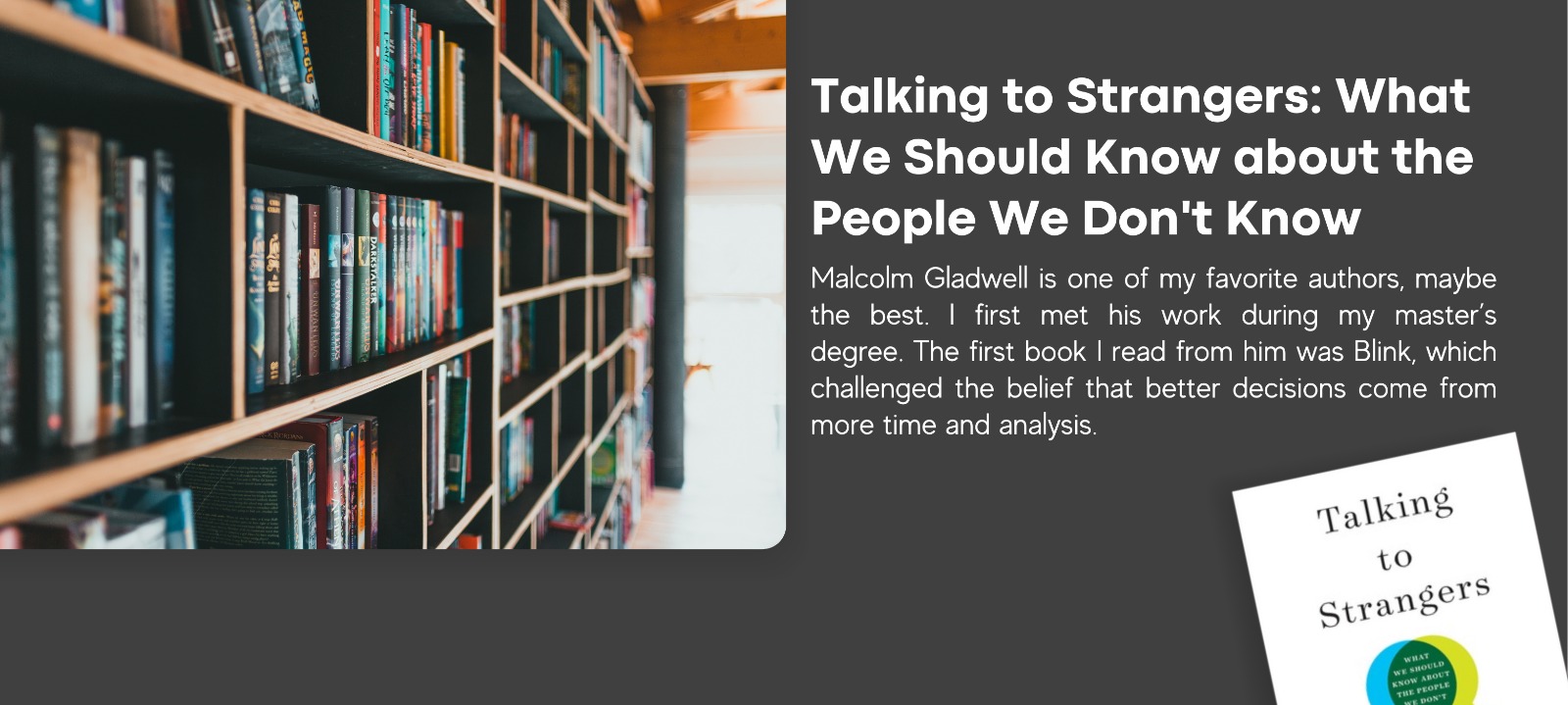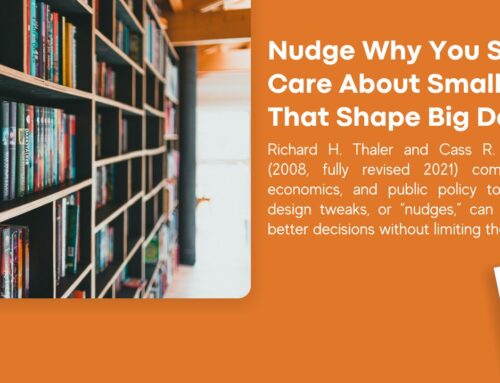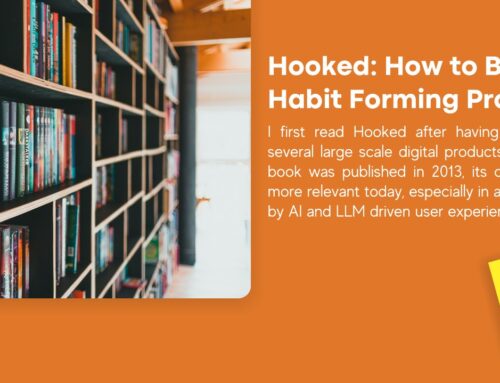Malcolm Gladwell is one of my favorite authors, maybe the best. I first met his work during my master’s degree. The first book I read from him was Blink, which challenged the belief that better decisions come from more time and analysis. Gladwell argued that sometimes the best decisions are made in a blink of an eye. That idea fascinated me and pulled me into his writing.
Soon after, I read The Tipping Point. Then Outliers came out, which became one of my all-time favorite books. It is easy to read, full of sharp stories, and it helped me understand the world around me in a new way.
Since then, I have continued to read every book he has written. His style makes complex ideas simple, and he always connects research with stories that stay in your mind long after reading.
Stories and Lessons From Talking to Strangers
1.The Cuban Spy and Default to Truth
Gladwell shows how a Cuban spy fooled the CIA for years because we naturally believe people until overwhelming evidence proves otherwise.
The CIA had some of the most sophisticated intelligence systems in the world, yet a spy worked right under their noses for years. Why? Because human beings are wired to trust. We default to believing others unless we are forced to confront undeniable evidence.
I always thought I was naive for trusting people, but this story showed me that most of us are wired this way. Defaulting to truth is not a flaw. It is what keeps society running, because without it, every interaction would be based on suspicion.
In product and tech, I see the same thing. We trust data, teammates, and customer feedback until something proves us wrong. Product analytics tools like Mixpanel and Amplitude help uncover patterns at the user and engagement level, showing how people actually interact with a product instead of just the top-line acquisition numbers.
2.Bernie Madoff and Financial Fraud
Even experts and regulators failed to expose Madoff’s Ponzi scheme because they trusted him and ignored warning signs.
Madoff’s returns were suspiciously consistent, year after year. Analysts raised red flags, but regulators dismissed them. It wasn’t that people lacked intelligence. It was that they trusted Madoff because he appeared credible, likable, and successful.
This reminded me of how dangerous it is to trust signals that seem too perfect. In product and data, sometimes a metric that looks great should make us more curious, not more comfortable. A smooth line on a dashboard may be hiding anomalies, just like Madoff’s steady returns masked fraud.
I see this often in my own work. Whenever website traffic jumps from one source, I immediately ask what caused it. For example, if SEO traffic rises sharply, instead of celebrating right away I think about whether something changed in paid advertising that may be inflating the numbers.
I also saw this during the Covid period. Our SEO traffic increased, and at first the team was happy with the results. But when I looked deeper, I realized that some of our keyword rankings were actually declining because competition was increasing. The surge in demand was hiding this decline, and without digging deeper we would have missed it. By questioning the numbers and analyzing rankings, I identified the risk, took the right actions, and eventually improved year-over-year rankings.
Leaders in tech should build the discipline of questioning the numbers, especially when they seem flawless.
3.Amanda Knox and the Transparency Illusion
Amanda Knox was judged guilty partly because she didn’t “look” or behave like people expected. Gladwell connects this with the exaggerated emotions in the show Friends, where everything is easy to read.
The Amanda Knox case revealed how much we rely on facial expressions and behavior when forming judgments. Knox didn’t show grief the way people expected, and prosecutors used that as “evidence.” Gladwell compared this to Friends, where emotions are exaggerated and obvious. Real life, however, is nothing like a sitcom.
I like the Friends example. Life is nothing like TV. Real people are complicated, and assuming we can read their feelings on their faces leads to mistakes.
I see this in tech when teams assume that a customer’s first reaction in a usability test represents their whole opinion. Sometimes users look confused or hesitant even though the feature works for them in real life.
If we only go by expressions, we might make the wrong product decisions. The better path is to observe behavior over time and combine it with context. Tools like FullStory or Microsoft Clarity help here by showing what users actually do rather than what they appear to feel.
4.Sandra Bland and Policing Gone Wrong
The tragic case of Sandra Bland’s traffic stop shows how misjudging a stranger and escalating a situation can end in disaster.
Gladwell describes how a routine stop turned into confrontation, arrest, and eventually tragedy. The officer misread Bland, assumed hostility, and escalated instead of de-escalating. It is one of the most sobering stories in the book, showing the cost of misunderstanding strangers.
This reminds me of listening to business stakeholders, understanding their needs, creating a problem statement and confirming it with business and maybe with user research instead of jumping to development. Because a misjudgment may cause a disaster, wasting time and resources.
It also connects to one of the best lessons I learned from Stephen Covey’s 7 Habits of Highly Effective People — Habit 5: Seek First to Understand, Then to Be Understood. In product and leadership, this means listening before speaking, observing before judging, and trying to understand others’ perspectives before pushing your own.
Slowing down, de-escalating, and listening often protects trust and alignment.
6.Sylvia Plath and Coupling With Context
Gladwell explains how suicides in Britain dropped dramatically when household gas was changed. Behavior was not about willpower but about context and opportunity.
When Britain moved away from toxic coal gas, suicide rates dropped almost overnight. Gladwell shows that behavior was “coupled” with the environment. People were not destined to act a certain way. The means and context shaped the outcome.
Users tend to do the easiest thing available. If they want to act but the path is hard, they often quit. In the book’s context, this meant suicides declined when the method became harder. In products and technology, it means people will not push through complexity to use an app or complete a purchase.
This proves everything must be very simple and easily achievable. UX and UI are critical. Instead of overloading a product with many features at once, it is better to keep it simple, less confusing, and start with an MVP. Then improve with iterations based on feedback and context.
What Product and Tech Leaders Can Learn
With experience in both a Fortune 50 company and startups, these disciplines matter most to me:
- Pause and test assumptions instead of rushing to solutions.
- Simplify the experience so users can achieve what they want without friction.
- Listen first, then build. Confirm the real problem before writing a single line of code.
- Start small with an MVP, validate, and iterate instead of overwhelming customers with complexity.
- Protect trust with customers, stakeholders, and teams by slowing down, seeking to understand, and designing with empathy.
Why You Should Read It
If you want to rethink how you interpret signals from people, users, or the market, Talking to Strangers is a powerful reminder. It is not just a book about strangers. It is about leadership, decision-making, and the humility required to work with people you do not fully understand. From my experience across Fortune 50 companies and startups, these lessons translate directly into better product strategy, clearer stakeholder alignment, and simpler user experiences.
Malcolm Gladwell Books in Order
Here’s the full list of Malcolm Gladwell’s books and their publication years:
- The Tipping Point: How Little Things Can Make a Big Difference (2000)
- Blink: The Power of Thinking Without Thinking (2005)
- Outliers: The Story of Success (2008)
- What the Dog Saw: And Other Adventures (2009)
- David and Goliath: Underdogs, Misfits, and the Art of Battling Giants (2013)
- Talking to Strangers: What We Should Know About the People We Don’t Know (2019)
- The Bomber Mafia: A Dream, a Temptation, and the Longest Night of the Second World War (2021)
- Revenge of the Tipping Point (2024)





Leave A Comment